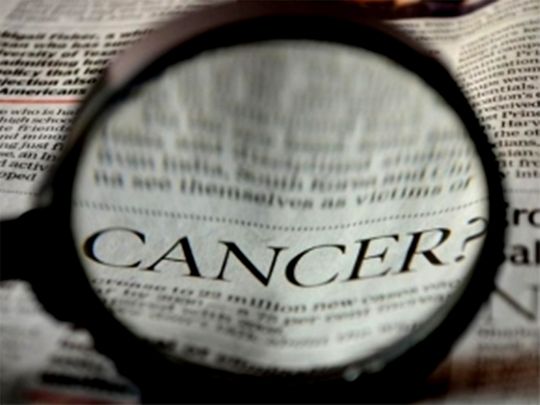
Washington DC: People who have had cancer commonly experience prolonged pain, but a new study suggests that being physically active may help to minimize its severity.
Wiley published the study in the American Cancer Society's peer-reviewed publication, CANCER.
Although physical activity has been demonstrated to alleviate a variety of pains, its impact on cancer-related discomfort is unknown.
To investigate, a team led by senior author Erika Rees-Punia, PhD, MPH, of the American Cancer Society, and first author Christopher T.V. Swain, PhD, of the University of Melbourne, in Australia, analyzed information about 51,439 adults without a history of cancer and 10,651 adults with a past cancer diagnosis.
Participants were asked, "How would you rate your pain on average," with responses ranging from 0 (no pain) to 10 (worst pain imaginable). Participants were also asked about their usual physical activity.
US guidelines recommend 150 minutes (2 hours 30 minutes) to 300 minutes (5 hours) a week of moderate-intensity, or 75 minutes (1 hour 15 minutes) to 150 minutes (2 hours 30 minutes) a week of vigorous-intensity aerobic physical activity.
Based on participants' responses, the investigators found that, for individuals who had cancer in the past as well as for those without a history of cancer, more physical activity was linked with lower pain intensity.
The extent of the association was similar for both groups of individuals, indicating that exercise may reduce cancer-related pain just as it does for other types of pain that have been studied in the past.
Among participants with a past cancer diagnosis, those exceeding physical activity guidelines were 16 per cent less likely to report moderate-to-severe pain compared to those who failed to meet physical activity guidelines.
Also, compared with people who remained inactive, those who were consistently active or became active in older adulthood reported less pain.
"It may feel counterintuitive to some, but physical activity is an effective, non-pharmacologic option for reducing many types of pain. As our study suggests, this may include pain associated with cancer and its treatments," said Dr. Rees-Punia.











